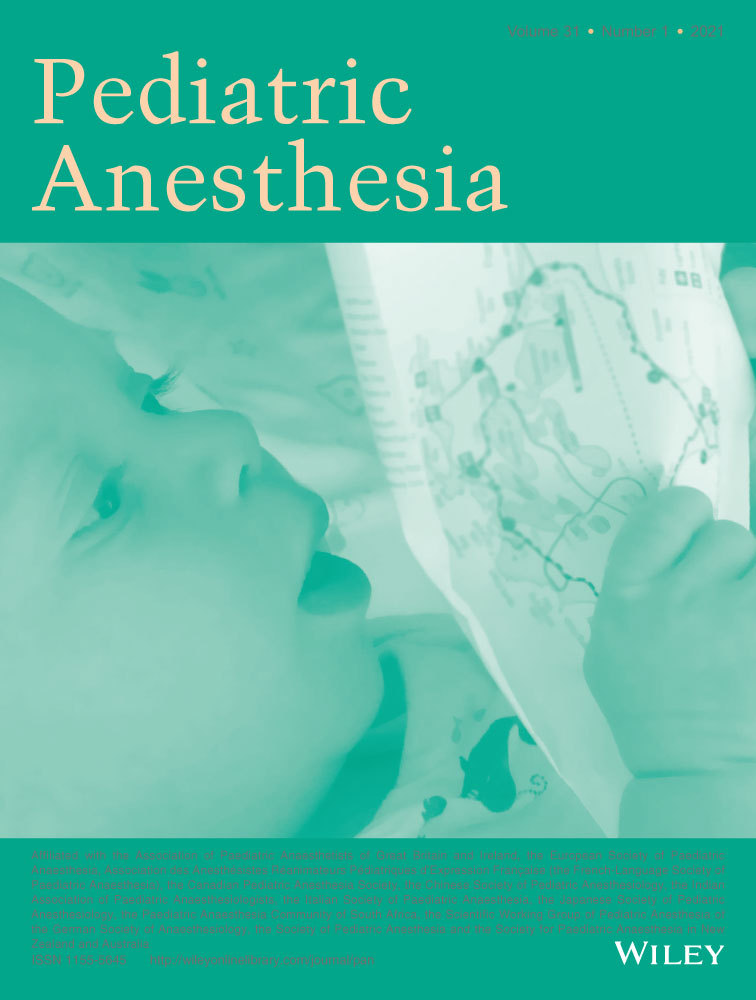Challenges and Opportunities Facing Pediatric Anesthesia Providers in Low- and Middle-Income Countries (LMICs), India
Abstract
India is a vast, populous country with a huge variability in the standards of health care. While the cities have state of the art hospitals with trained doctors, rural areas where most of the population lives, have a severe shortage of resources. Children form nearly 40% of India's population, and there is a great demand for pediatric surgical and anesthesia services. Specialty training in pediatric anesthesia, however, is still in its infancy, with the majority of children being administered anesthesia by general anesthesiologists. This review discusses the reasons behind India's ailing healthcare system and the shortage of qualified pediatric anesthesiologists. Anesthesiologists face multiple challenges in their daily work including inadequate infrastructure, paucity of medications and working equipment, nonavailability of trained help, and poor remuneration. All these factors contribute to work-related stress. On the other hand, the dearth of anesthesiologists offers ample opportunities to serve the underserved, improve the safety and quality of perioperative care in the rural areas, and improve the self-image of the anesthesiologist. A paucity of data regarding anesthesia, surgery, and work-related issues makes writing an article like this very difficult. However, it highlights the need for professional bodies to take note of these facts and play an active role in encouraging documentation, data collection, and improving standards of teaching and practice.




